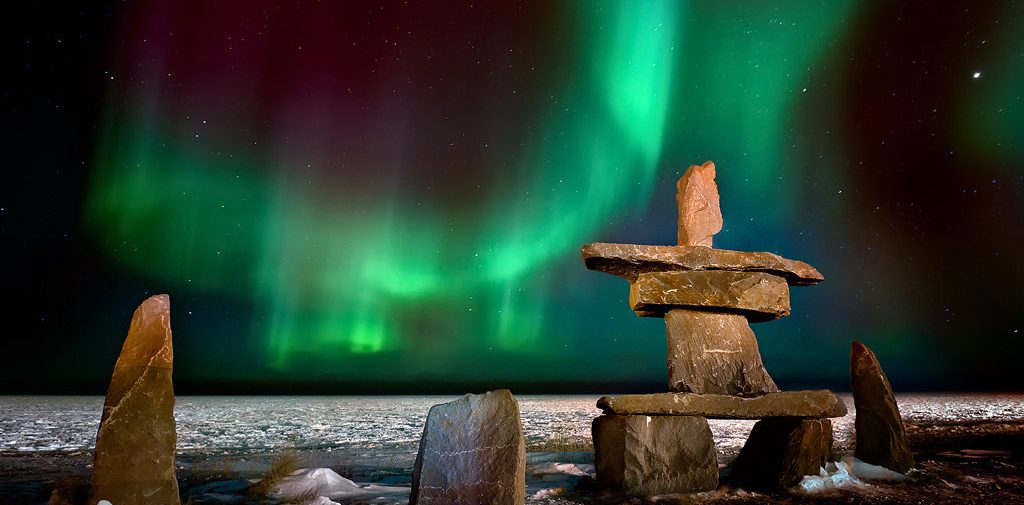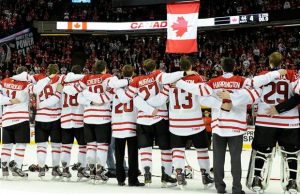The Classroom
Write a blog that hyper-links your research on the characters in GGRW. Be sure to make use of Jane Flick’s reference guide on your reading list.
I chose to focus on the classroom scene and the first time Alberta is introduced to us because when first reading this is when I realized that King was deliberately naming his characters as allusions to other historical or literary characters. I’ve broken down the information of the classroom characters in this post.
The actions of these characters reflect that which is expected of their namesakes but the relations between them seem arbitrary and therefore emphasize that these characters are fictional in this novel and are not actually the historical figures.

Alberta Frank
Obviously her name provokes images of Alberta the province which was named after the fourth daughter of Queen Victoria and Prince Albert; Princess Louise Caroline Alberta. This name reflects a world in which the English held the power to give a name as though one didn’t previously exist.
I remember hearing about Frank, Alberta in a course that discussed rock slides and my teacher started the class by telling us the story of The Mountain that Walked. Through its re-telling over the years it has become a story about a warning story. Alberta is like this story because she is trying to tell her students a story about the treatment of Native Americans and warn against it but they aren’t listening.

The Frank Slide Interpretative Centre Story focuses on scientific evidence as seen on their Frank Slide Story webpage. But my initial encounter of this event was the Native legend. The one that says Natives warned settlers against living in the shadow of the mountain through stories referred to it as “The Mountain that Walked” – yet settlers did not take these warnings seriously. The Centre does mention this story – but it acts as an appetizer to the main course. Meanwhile, for me, this story helped me learn about this rock slide – maybe not about the scientific make-ups of the rocks, but that warning signs are important and if it happens once, it is likely to happen again.
This student unapologetically sleeps in the back of the classroom and when speaking or asking questions doesn’t legitimize Indian art or their traditions of belief. He is ignorant and indifferent to the information presented to him. Clearly this reflects the American legislator who wrote the Dawes Act.
The Dawes Act privatized Indian land in order to encourage assimilation and encourage them to give up their traditional ‘tribal’ ways for ‘civilization’. He completely disregarded the emotional and community ties that Natives would have to their home and ultimately the Dawes Act valued ‘civilizing the Indians’ over any consideration of their feelings or Constitutional claim to land.
This character is represented as showing sympathies for the Indians of Fort Marion but remains an indifferent student. He asks questions but is noted to be moving closer to Hannah Duston rather than paying attention to the lesson. Ultimately I think King reveals his dominating Eurocentric views that are surprised by the situation of Indians. Collier was responsible for the Indian Reorganization Act of 1934 which undid a lot of the negatives of the Dawes Act and allowed Indian self-government and consolidating land back into communal spaces.
He took the first step in restoring Native rights however there were still many problems to be faced including the negative stereotypes and social treatment in which Collier was even guilty of. After spending time with a few tribes he began to sympathize with them, but maintained their separation from himself as a civilized man as seen through his words in his Annual Report for the Bureau of Indian Affairs.
Mary Rowlandson
As a student Mary is concerned about remembering names of all the people mentioned in the lecture. This blatant disregard for their individuality and for representing them accurately. I actually read Mary Rowlandson’s Captivity Narrative in a class a few years ago and remember discussing how she portrayed Indians in a stereotypical and cliched manner.
In her mind, her religion differentiated and her from her captors. People to this day uphold her book as a “triumph of faith over adversity” rather than the resulting story of a war waged on an established people by visitors to their land and the eventual justification for subjugation of Indigenous peoples.
Her narrative was upheld as a genuine representation of Indian life as she was one of the first published experiences for English readers. She is celebrated as the author of the first best-selling novel of America and also as an important female writer – however her portrayal of Indians became part of the foundation of negative stereotypes surrounding their culture. She discusses kidnapping, childhood suffering, family separation, brutal war, theft, and unsanitary living conditions and even after receiving care from her Native captors she refuses it based on the standards of faith and civilization.

In the classroom she shows concern for the imprisoned female Indian which parallels her namesake’s concern with the people she taught. She was a writer and activist in close association with the Sioux of South Dakota. She started as a teacher to young Native Americans at residential schools before moving to Dakota to gain a closer perspective at her students roots and ultimately published stories about them . Here she opened a day school and fought against the separation of Indian children from their families in order to be moved to residential schools.
She left behind a memoir entitled Sister to the Sioux yet ultimately she only saw her experiences with the Sioux through her own Anglo-centric world view and still believed that they should assimilate at least partially in order to continue as a part of American society.
This is another female captive whose story became legendary in colonial America and which is referred to as “The Mother’s Revenge”. After her imprisonment her captors murdered her newborn baby and as retaliation she took a tomahawk and brutally massacred a dozen Indians. She also scalped them. In America today she still stands as two statues, which celebrate the massacre. One of which includes her holding the scalps of her victims. Despite some vandalism inflicted upon one statue, they both remain a symbol of what America values and celebrates; namely settlers conquering Indians and not giving fair representation to a war. Instead the focus is on the war as brutal action from a savage group rather than a wronged people fighting for their beliefs.
Helen Mooney
The only person excited to learn in the class, and the only one who might not really exist. I also wonder how the reader is supposed to react to this character because typically the ‘teacher’s pet’ character comes across as annoying. But her excitement should be positive in this scenario. As Flick points out there may be connections to James Mooney which may be a private joke of King’s.
Works Cited
Bored_college_students_sleeping_in_lecture_hall. Digital image. Shmoop. N.p., n.d. Web. 27 July 2016.
“Collier.” University of Colorado Boulder, n.d. Web. 27 July 2016.
“Dawes Act (1887).” Our Documents. National Archives’ Digital Classroom, n.d. Web. 27 July 2016.
“Elaine Goodale Eastman (1863-1953).” Schoolhouse Pioneers. PBS, n.d. Web. 27 July 2016.
Flick, Jane. “Reading Notes for Thomas King’s Green Grass, Running Water.” Canadian Literature 161-162 (1999): 140-72. Web. 27 July 2016.
Glenbow Museum Archives. Frank_Slide_4-30-1903. Digital image. Wikipedia. N.p., 29 Apr. 2012. Web. 27 July 2016.
“Hannah Duston: The Mother’s Revenge.” Roadside America. Doug Kirby, Ken Smith, Mike Wilkins, 2016. Web. 27 July 2016.
“Summary of ‘A Narrative of the Captivity and Restoration of Mrs. Mary Rowlandson’ – the Role of Women in Her Removes.” Letter Pile. HubPages, 24 Apr. 2015. Web. 27 July 2016.
“The Frank Slide Story.” Frank Slide Interpretative Centre. Alberta Culture and Tourism, 18 Mar. 2016. Web. 27 July 2016.
“The Mary Rowlandson Story.” Mary Rowlandson. N.p., n.d. Web. 27 July 2016.
Toensing, Gale Courey. “The Dawes Act Started the U.S. Land-Grab of Native Territory.” Indian Country Today Media Network. Indian Country Today Media Network Read More at Http://indiancountrytodaymedianetwork.com/2012/02/08/dawes-act-started-us-land-grab-native-territory-96582, 2 Aug. 2012. Web. 27 July 2016.
Two Young Ladies Taken Prisoner. Digital image. American Girl Diaries. WordPress, 22 Apr. 2012. Web. 27 July 2016.
99% Invisible. “Was This Woman a Heroine or a Villain?” The Eye. Slate, 8 May 2014. Web. 27 July 2016.
““A Bill of Rights for the Indians”: John Collier Envisions an Indian New Deal.” History Matters. American Social History Productions, Inc, 16 May 2016. Web. 27 July 2016.
““We Took Away Their Best Lands, Broke Treaties”: John Collier Promises to Reform Indian Policy.” History Matters. American Social History Project, 16 May 2016. Web. 27 July 2016.


